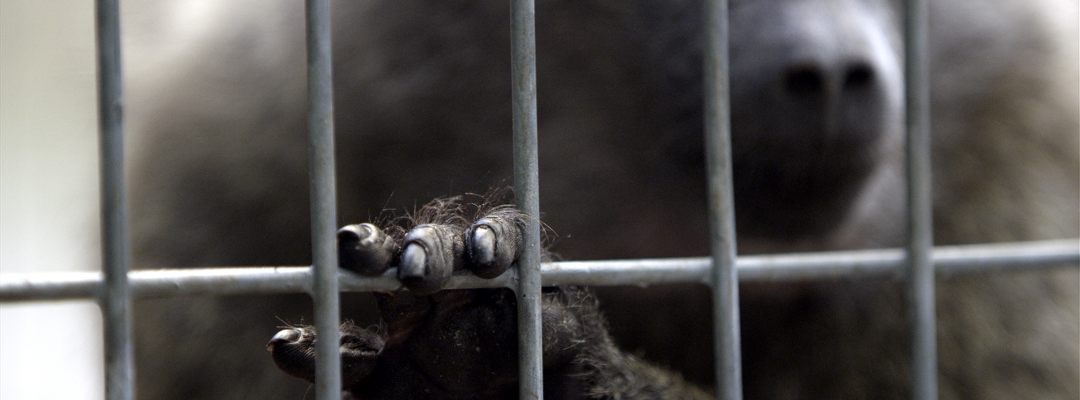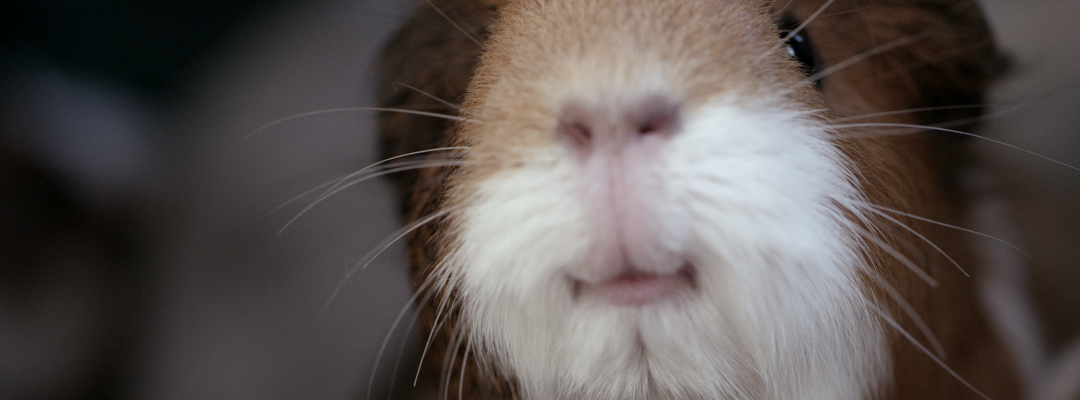ANIMALS USED FOR RESEARCH
INFO AND LINKS ABOUT THE INDUSTRY

MEDICAL RESEARCH
It is difficult to calculate the number of animals used in research because most countries do not keep records. However, it is estimated that more than 115 million animals—including mice, rats, birds, fish, rabbits, guinea pigs, farm animals, dogs, cats, and non-human primates—are used globally in laboratory experiments each year. They are used as models to study human disease, injury, development, psychology, anatomy and physiology. Animals often suffer greatly in these studies, as they are inflicted with diseases, traumas, and pain in order to mimic human conditions. Using animal models for biomedical research is criticized because non-human animals do not accurately mimic human diseases, because the diseases do not naturally occur in other species.
NEAVS – Biomedical Research
NEAVS – Cognitive-Behavioral Research
ANIMAL EQUALITY – Experimentation
PETA – Animal Testing 101
PETA – U.S. Government Animal Testing Programs
DJURRÅTTSALLIANSEN – Animal experiments in Sweden
ANIMAL LIBERATION – Australian Capital Territory – Animal Experimentation
DJURENS RÅTT – Animal experiments in different areas

COSMETICS AND HOUSEHOLD PRODUCTS
Each year, millions of animals are used to measure the safety of household and personal care products. Animal-tested cosmetics have been prohibited in the EU since 2013, yet 80% of the world is still testing cosmetics on animals in painful animal experiments. It’s estimated that 500,000 mice, guinea pigs, rats, and rabbits die for cosmetic testing each year throughout the world. Animals are kept in sterile, stressful environments that cause them to develop abnormal physiological and behavioural responses, pain relief is rarely provided and the animals are always killed at the end of each test. Natural differences in physiology, metabolism, and anatomy between humans and other animals lead to different reactions to various stimuli.





